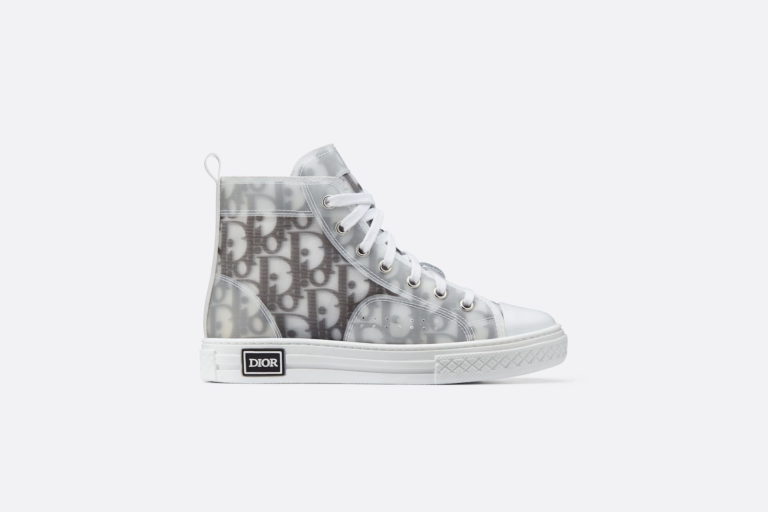
AR continues to evolve and take shape. Like other tech sectors, it has spawned several sub-sectors that comprise an ecosystem. These include industrial AR, consumer VR, and AR shopping. Existing alongside all of them – and overlapping to some degree – is AR marketing.
Among other things, AR marketing includes sponsored AR lenses that let consumers visualize products in their space. This field – including AR creation tools and ad placement – could grow from $2.78 billion last year to $9.85 billion by 2026 according to ARtillery Intelligence.
Factors propelling this growth include brand advertisers’ escalating affinity for, and recognition of, AR’s potential. More practically speaking, there’s a real business case. AR marketing campaigns continue to show strong performance metrics when compared with 2D benchmarks.
But how is this coming together? And what are best practices? These questions were tackled in a recent report by ARtillery Intelligence, containing narrative analysis, revenue projections, and campaign case studies. It joins our report excerpt series, with the latest below.
AR Marketing: Best Practices & Case Studies, Volume II
Dimensional Sense
Picking up where we left off in last week’s report excerpt, we move on to a case study for Dior’s AR marketing. To build buzz around its B27 sneakers, the fashion brand turned to AR. Working with Snap, it launched a shoe try-on experience for six variations of its new shoe model.
The lens was promoted in the Snapchat Lens Carousel, which is one of the available options for Snapchat paid lens distribution. After getting a dimensional sense of the product, users were prompted to visit Dior’s website to buy the shoe instantly – the campaign’s primary goal.
Dior also utilized Snap’s Ads to AR format which involves multimedia banners that flow into AR lenses (another option for Snapchat paid lens distribution). The ad unit showed runway models playing with the lens before prompting users to do the same, providing a nice instructional touch.
Thirdly, Dior utilized Snap’s more recent Business Profile feature. This is a permanent home for brands on Snapchat, where they can post lenses and other multimedia. This makes it a sort of virtual showroom for any brand, where they can plant their flag within Snapchat.
AR and Shopping Collide, Part I: Snap
Wide Net
So what were the results of the campaign? By doing all of the above, Dior achieved a 6.2x return on ad spend (ROAS). It also achieved 2.3 million views of its try-on lens through its business profile alone. This means it achieved branding outcomes in addition to direct sales.
But perhaps most notable about this campaign was its many distribution points. As noted above, Dior blitzed several Snap AR formats and amplification options. This gave it a certain cascading effect from several user entry points. The idea is that the whole is greater than the sum of its parts.
This is a key lesson for AR marketing: Given that it’s relatively new and unproven, brands need to meet users where they are. Sometimes that requires good research to gain a sense of the optimal distribution points to target users. Other times it simply requires casting a wide net.
We’ll pause there and circle back in the next report excerpt with another AR marketing case study. Meanwhile, see the full report here…






